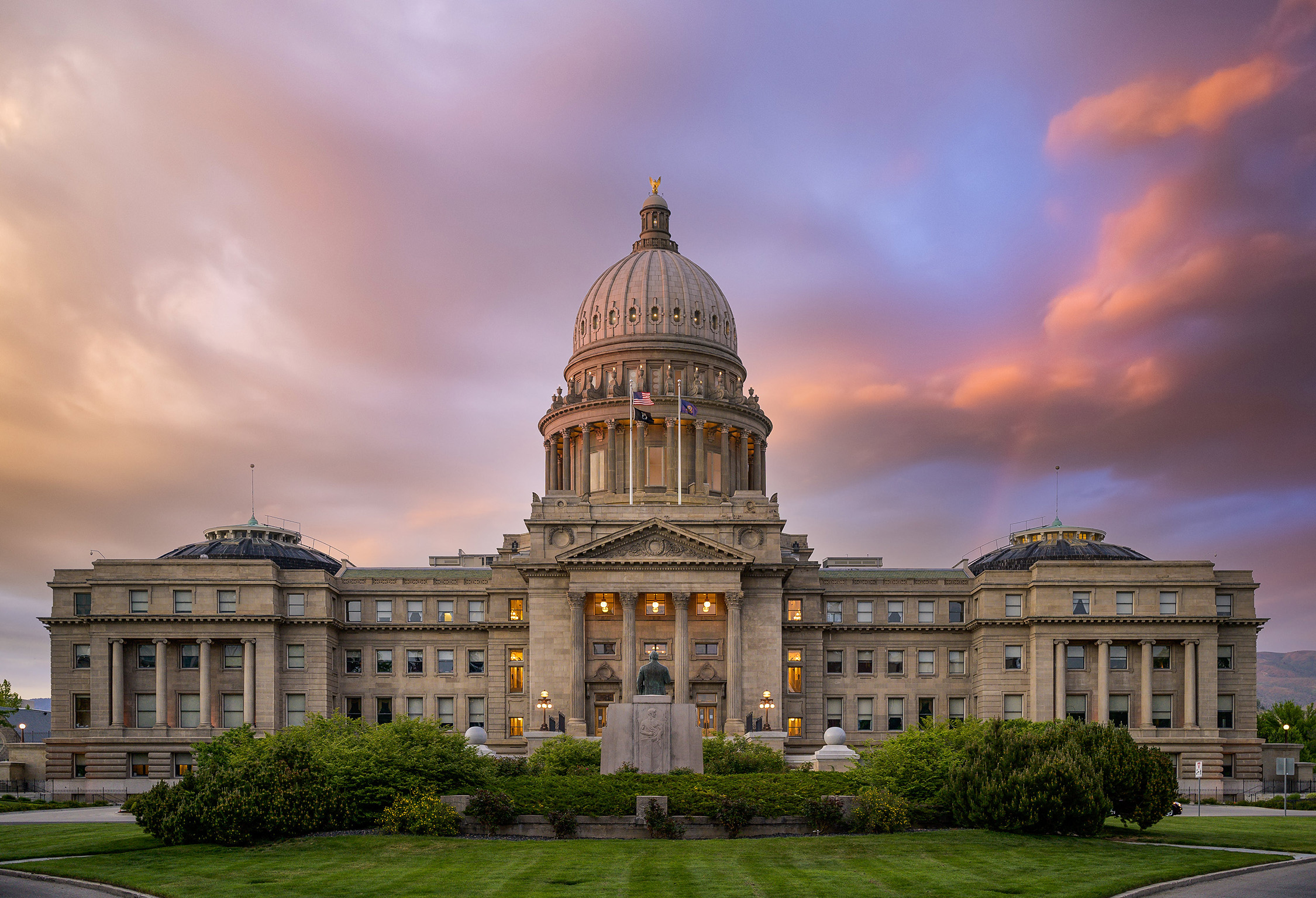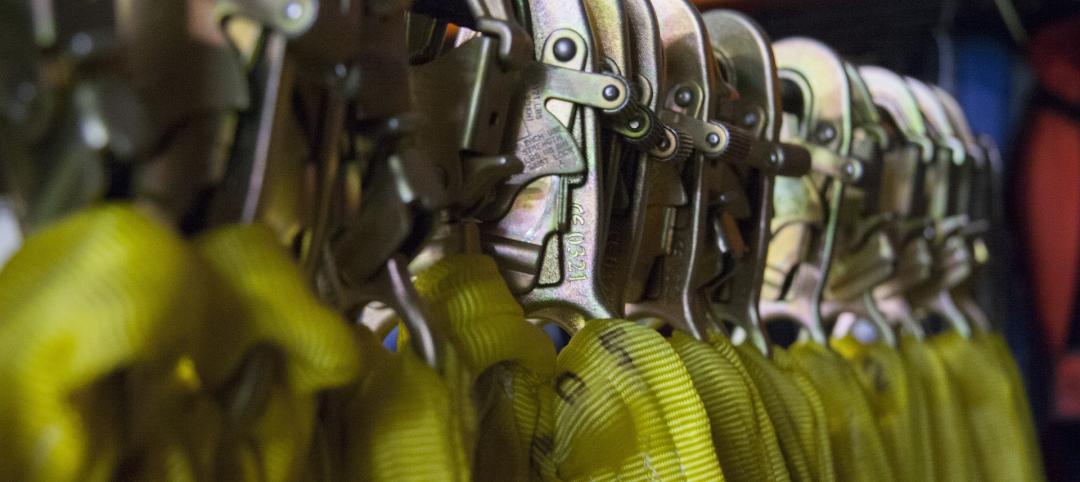People move for many reasons—job prospects, housing market challenges—both in and out of the state they originate from. While there's no predicting what makes an individual migrate, country-wide data may show us emerging patterns.
In the StorageCafe analysis of the latest migration trends, each U.S. state was looked at to see the moving patterns of people. The analysis determined the number of net newcomers (those moving to a state minus those leaving) per 1,000 residents. Additionally, StorageCafe considered several indicators as to why Americans are moving to new regions.
Top 10 U.S. States People are Moving to
Here are the states and their representations of net migration per 1,000 residents. Below are the top 10 states that people are moving to.
1. Idaho
25 newcomers per 1,000 residents
Average rent: $1,595 | Median home value: $366,120
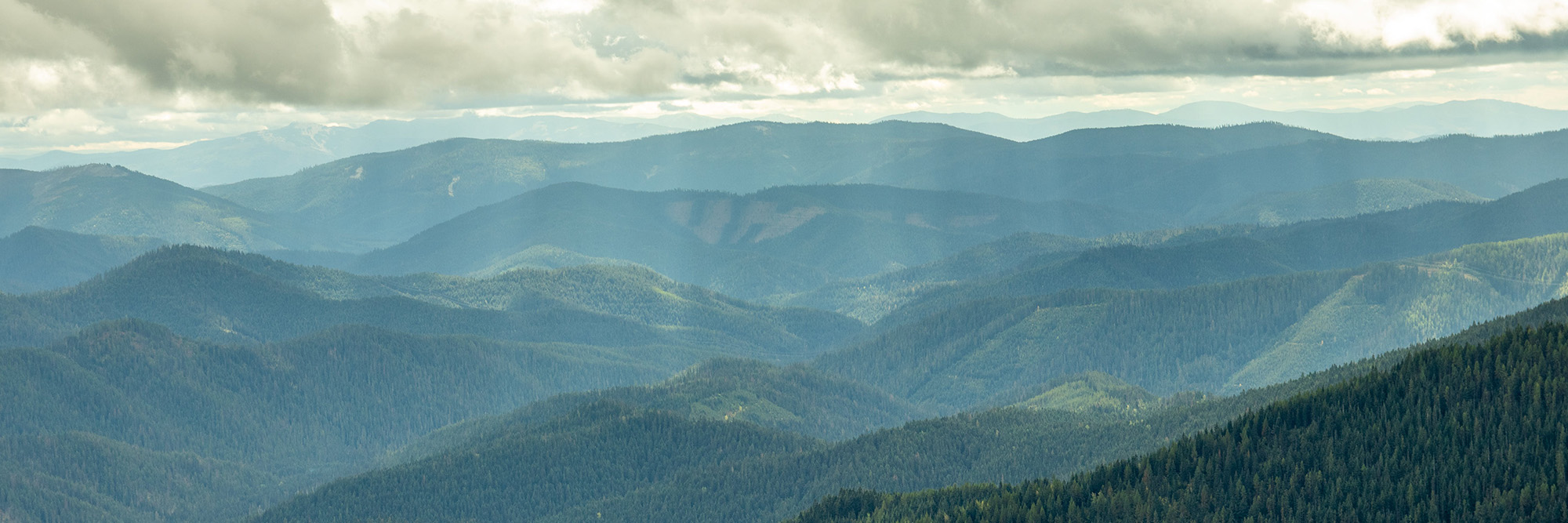
Known for its stunning landscapes, Idaho is a mountainous state with famous attractions like Shoshone Falls and the picturesque Sun Valley. Agriculture, particularly potatoes, plays a significant role in the state's economy.
At the top of StorageCafe's list, Idaho draws people in with its relatively low cost of living, outdoor recreational activities, and a growing tech sector—making it an attractive destination for those seeking a balance between career and lifestyle.
2. Vermont
24 newcomers per 1,000 residents
Average rent: $1,903 | Median home value: $270,708

Renowned for its charming small towns and vibrant fall foliage, Vermont is a New England gem. It embraces a strong sense of community, offers excellent skiing in places like Stowe, and boasts a reputation for producing high-quality maple syrup.
Ranked second for states people are moving to, Vermont attracts individuals looking for a picturesque setting, a strong sense of community, and opportunities in industries such as agriculture, tourism, and artisanal crafts.
3. Montana
18 newcomers per 1,000 residents
Average rent: $1,578 | Median home value: $319,228
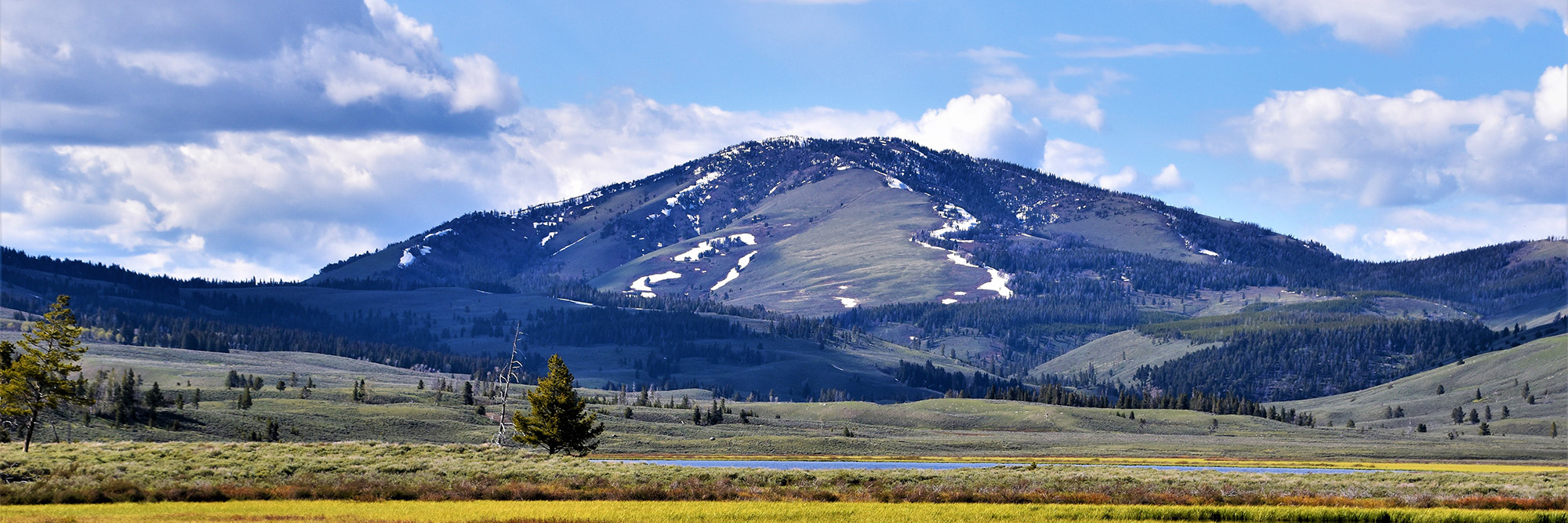
Big Sky Country, as Montana is often called, is celebrated for its expansive wilderness, including Glacier National Park. With a rich cowboy heritage, the state offers outdoor enthusiasts opportunities for hiking, fishing, and exploring the untamed beauty of the American West.
Montana's appeal lies in its wide-open spaces, outdoor adventures, and a growing economy—making it stand out as the third state people are migrating to. Job opportunities in sectors like tourism, energy, and healthcare make it appealing for those seeking a more rugged and independent lifestyle.
4. South Carolina
15 newcomers per 1,000 residents
Average rent: $1,567 | Median home value: $208,903
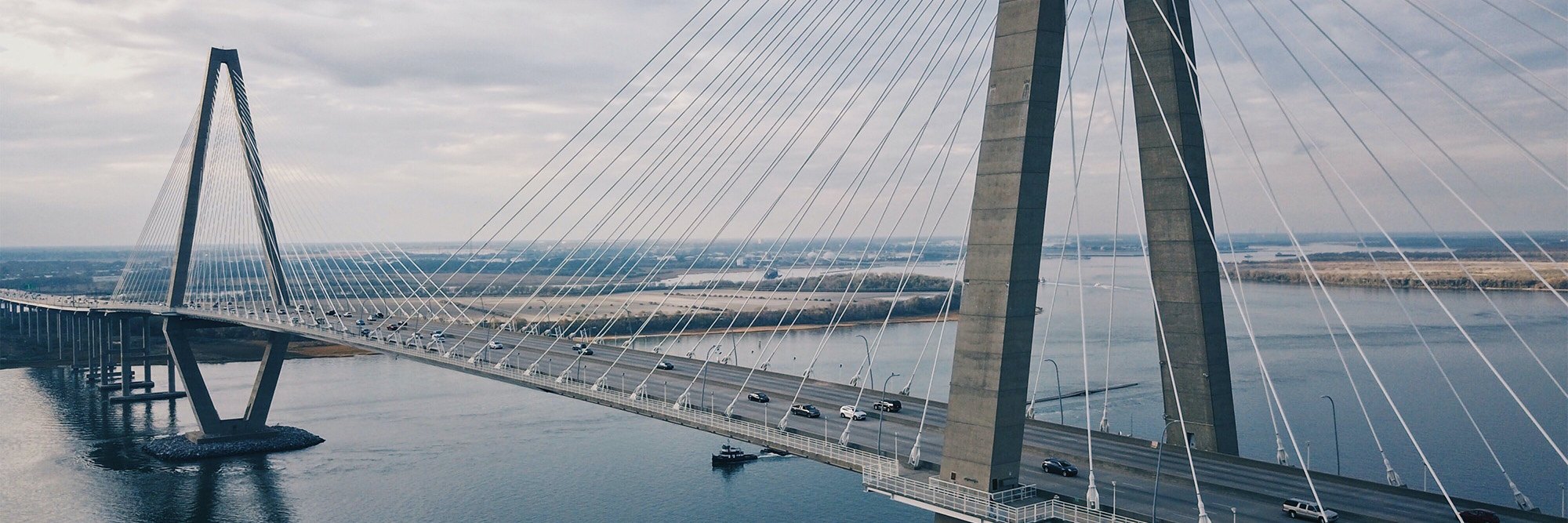
Steeped in history, South Carolina is known for its antebellum architecture in cities like Charleston and its beautiful coastal areas, including Myrtle Beach. The state hosts the renowned Masters golf tournament and embraces a vibrant culture influenced by Gullah traditions.
In number four, the warm climate, diverse job market, and a lower cost of living make South Carolina an alluring destination. From manufacturing to technology, the state offers economic opportunities while retaining its historic charm.
5. Maine
15 newcomers per 1,000 residents
Average rent: $1,852 | Median home value: $251,469
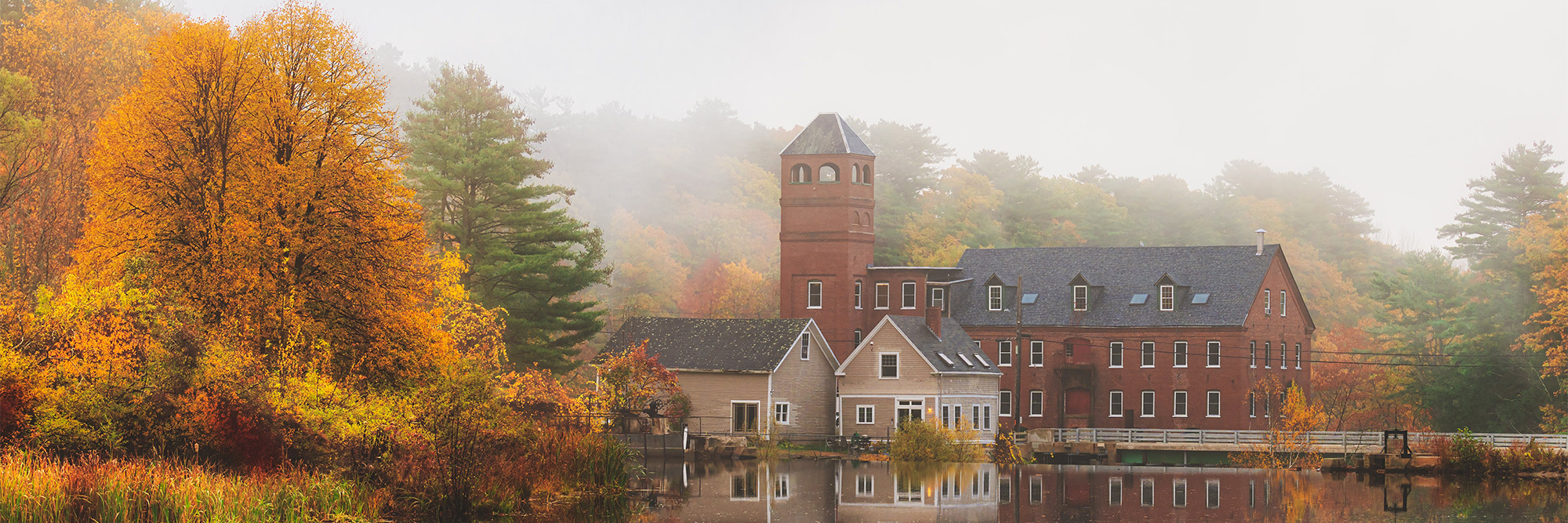
Known for its rugged coastline, lighthouses, and lobster fisheries, Maine is a haven for outdoor enthusiasts. Acadia National Park showcases the state's natural beauty, while Portland combines a thriving food scene with historic charm.
Sitting in the fifth spot on the list, individuals often move to Maine for its natural beauty, outdoor lifestyle, and thriving arts scene. Tourism, fishing, and the healthcare industry contribute to the state's economy, attracting those who value a slower pace of life.
6. Nevada
14 newcomers per 1,000 residents
Average rent: $1,512 | Median home value: $371,642
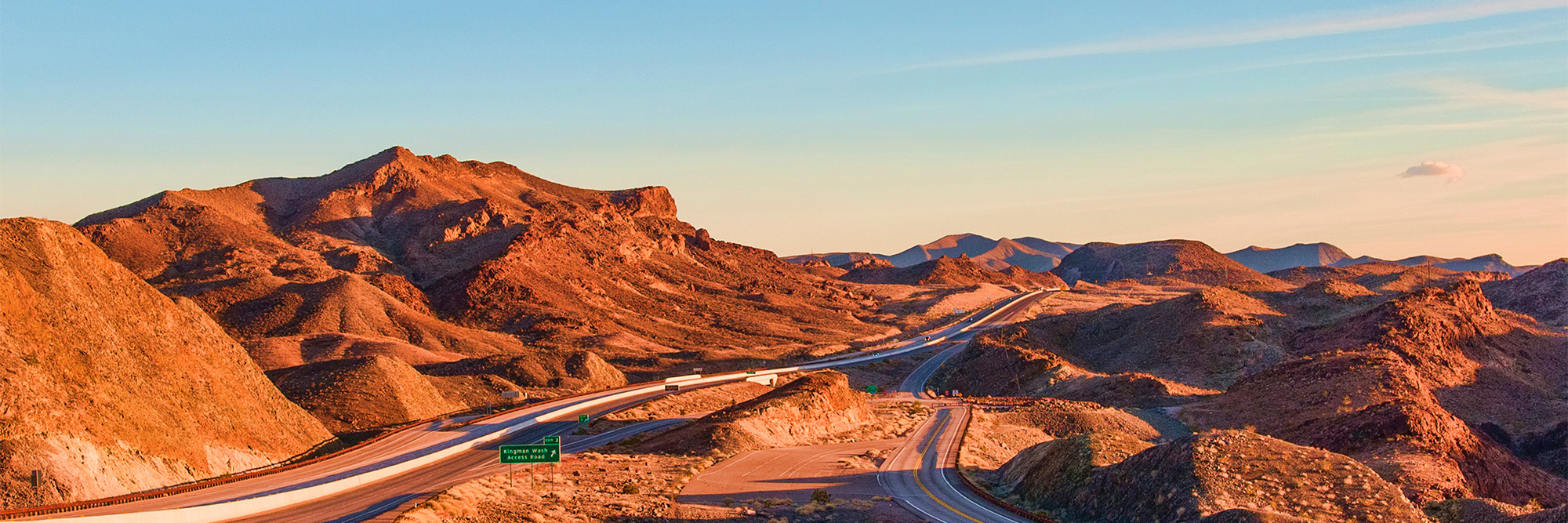
Home to the iconic Las Vegas Strip, Nevada is synonymous with entertainment and casinos. Beyond the bright lights of Vegas, the state offers diverse landscapes, including Red Rock Canyon and the vast desolation of the Great Basin.
Nevada attracts residents with no state income tax, a growing job market, and a robust entertainment industry. The state's booming tech sector and diverse landscapes further contribute to its appeal, leaving Nevada at the sixth spot.
7. Arizona
12 newcomers per 1,000 residents
Average rent: $1,611 | Median home value: $330,065
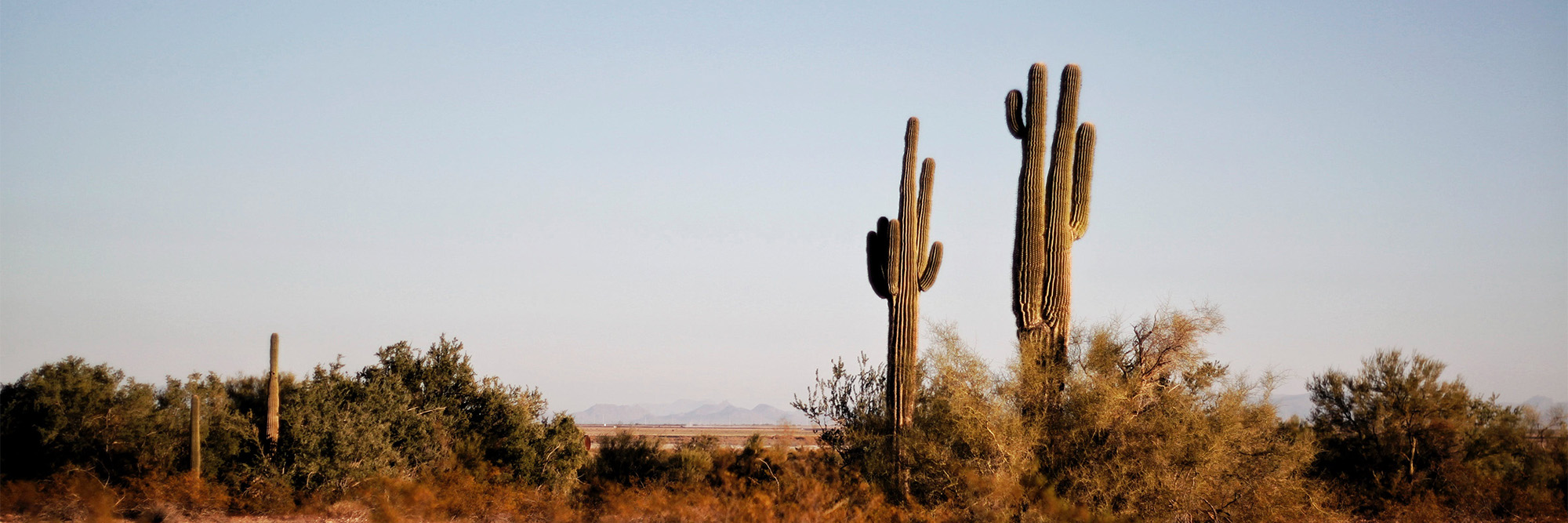
Famous for the Grand Canyon, Arizona's landscapes range from the saguaro cactus-filled deserts to the ponderosa pine forests of Flagstaff. Phoenix, the state capital, is a hub of culture, while Sedona is renowned for its red rock formations and spiritual atmosphere.
Arizona's strong job market, particularly in healthcare, technology, and aerospace, coupled with its sunny climate and diverse recreational opportunities, make it a go-to destination for people seeking both career advancement and a warm, outdoor-centric lifestyle.
8. North Dakota
12 newcomers per 1,000 residents
Average rent: $1,044 | Median home value: $219,939
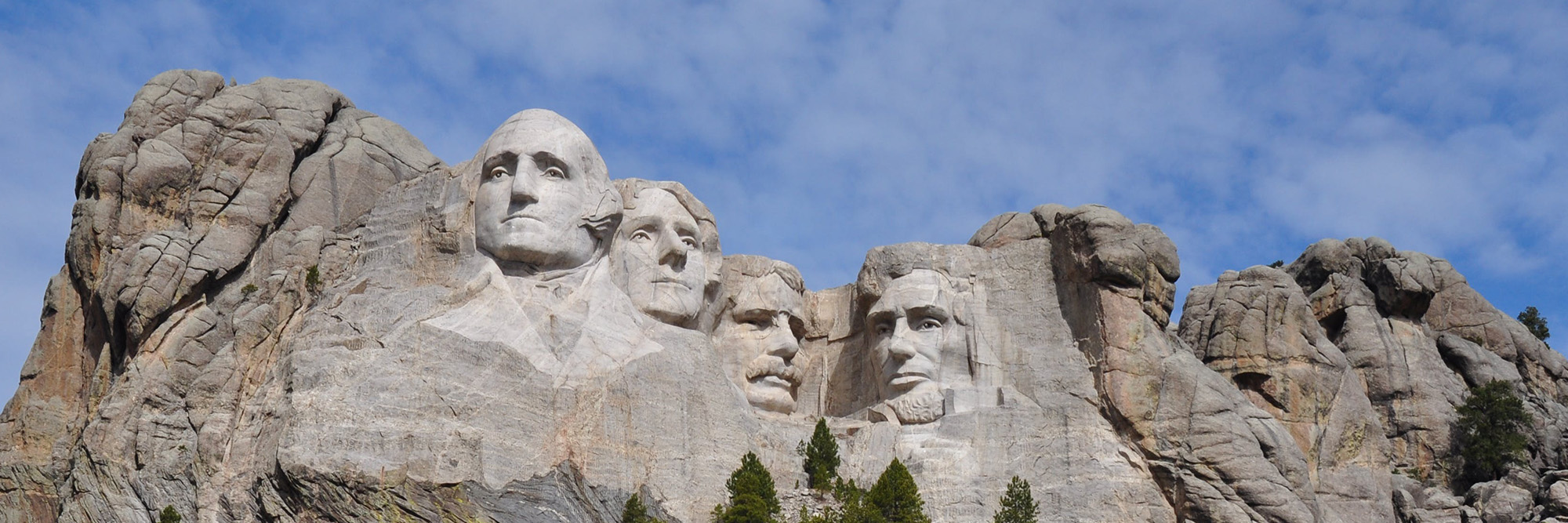
Known for its vast prairies and agricultural production, North Dakota offers a quieter, more rural way of life. Theodore Roosevelt National Park preserves the rugged badlands and honors the conservation legacy of the former president.
Industries in energy, agriculture, and healthcare draw people to North Dakota, which sits at the eighth spot. For some, the reasonable cost of living, strong sense of community, and expansive landscapes draw them to stay.
9. Tennessee
9.9 newcomers per 1,000 residents
Average rent: $1,482 | Median home value: $232,630
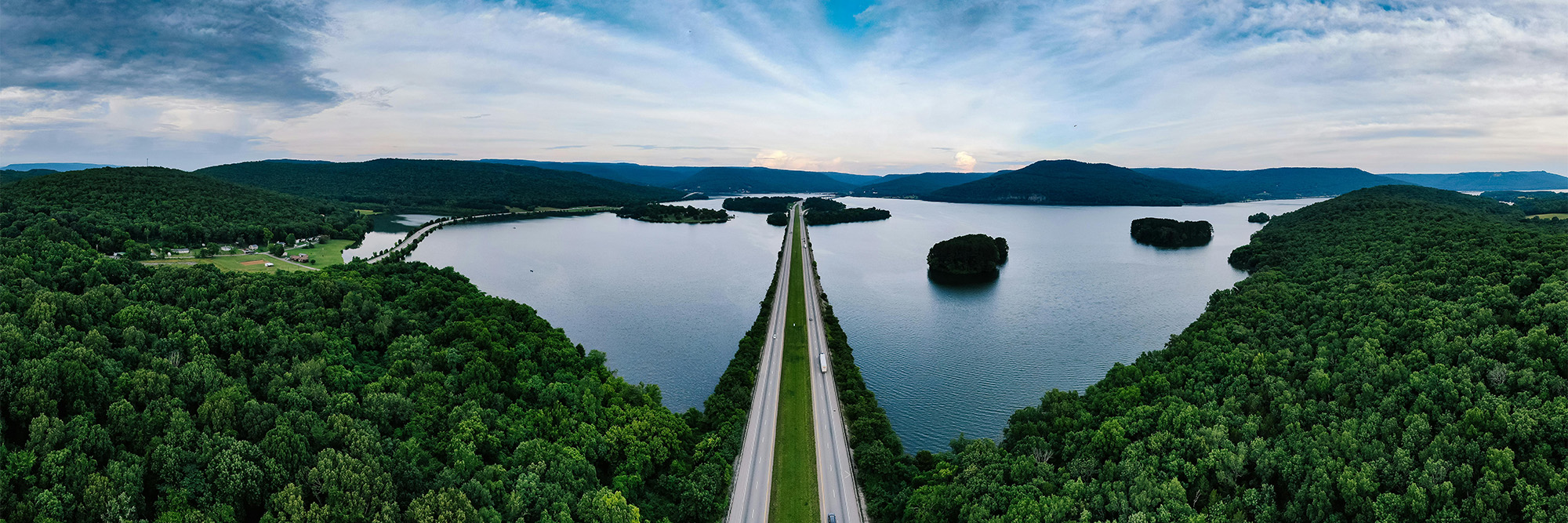
Steeped in musical history, Tennessee is the birthplace of blues in Memphis and country music in Nashville. The Great Smoky Mountains National Park provides a stunning backdrop for outdoor activities, and the state's rich cultural heritage is reflected in its diverse cuisine and vibrant arts scene.
In number nine, Tennessee's affordable living, vibrant cultural scene, and a growing job market in industries like healthcare, music, and technology make it a popular choice for those seeking a mix of career opportunities and a rich cultural experience.
10. Oklahoma
9.6 newcomers per 1,000 residents
Average rent: $979 | Median home value: $167,039

Combining Native American heritage with the spirit of the Old West, Oklahoma features the vibrant city life of Tulsa and the cowboy culture of places like the National Cowboy & Western Heritage Museum in Oklahoma City. The state is also known for its unpredictable weather and the musical legacy of the historic Route 66.
With its low cost of living, diverse economy, and central location, Oklahoma attracts people looking for job opportunities and a welcoming environment in both urban and rural settings.
To read the full StorageCafe analysis, visit storagecafe.com
Related Stories
Multifamily Housing | Jan 24, 2023
Top 10 cities for downtown living in 2023
Based on cost of living, apartment options, entertainment, safety, and other desirable urban features, StorageCafe finds the top 10 cities for downtown living in 2023.
Industry Research | Dec 28, 2022
Following a strong year, design and construction firms view 2023 cautiously
The economy and inflation are the biggest concerns for U.S. architecture, construction, and engineering firms in 2023, according to a recent survey of AEC professionals by the editors of Building Design+Construction.
Self-Storage Facilities | Dec 16, 2022
Self-storage development booms in high multifamily construction areas
A 2022 RentCafe analysis finds that self-storage units swelled in conjunction with metros’ growth in apartment complexes.
Industry Research | Dec 15, 2022
4 ways buyer expectations have changed the AEC industry
The Hinge Research Institute has released its 4th edition of Inside the Buyer’s Brain: AEC Industry—detailing the perspectives of almost 300 buyers and more than 1,400 sellers of AEC services.
Multifamily Housing | Dec 13, 2022
Top 106 multifamily housing kitchen and bath amenities – get the full report (FREE!)
Multifamily Design+Construction's inaugural “Kitchen+Bath Survey” of multifamily developers, architects, contractors, and others made it clear that supply chain problems are impacting multifamily housing projects.
Market Data | Dec 13, 2022
Contractors' backlog of work reaches three-year high
U.S. construction firms have, on average, 9.2 months of work in the pipeline, according to ABC's latest Construction Backlog Indicator.
Contractors | Dec 6, 2022
Slow payments cost the construction industry $208 billion in 2022
The cost of floating payments for wages and invoices represents $208 billion in excess cost to the construction industry, a 53% increase from 2021, according to a survey by Rabbet, a provider of construction finance software.
Mass Timber | Dec 1, 2022
Cross laminated timber market forecast to more than triple by end of decade
Cross laminated timber (CLT) is gaining acceptance as an eco-friendly building material, a trend that will propel its growth through the end of the 2020s. The CLT market is projected to more than triple from $1.11 billion in 2021 to $3.72 billion by 2030, according to a report from Polaris Market Research.
Contractors | Nov 30, 2022
Construction industry’s death rate hasn’t improved in 10 years
Fatal accidents in the construction industry have not improved over the past decade, “raising important questions about the effectiveness of OSHA and what it would take to save more lives,” according to an analysis by Construction Dive.
K-12 Schools | Nov 30, 2022
School districts are prioritizing federal funds for air filtration, HVAC upgrades
U.S. school districts are widely planning to use funds from last year’s American Rescue Plan (ARP) to upgrade or improve air filtration and heating/cooling systems, according to a report from the Center for Green Schools at the U.S. Green Building Council. The report, “School Facilities Funding in the Pandemic,” says air filtration and HVAC upgrades are the top facility improvement choice for the 5,004 school districts included in the analysis.



